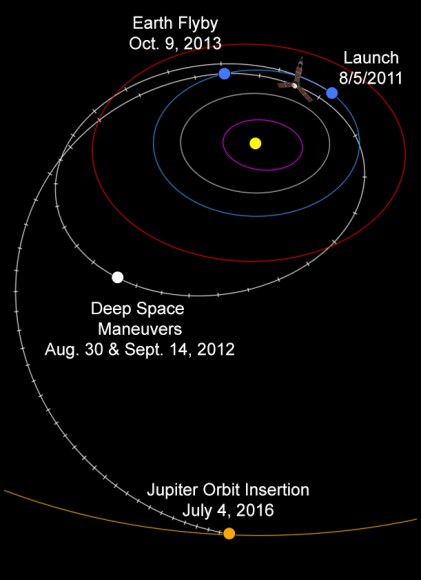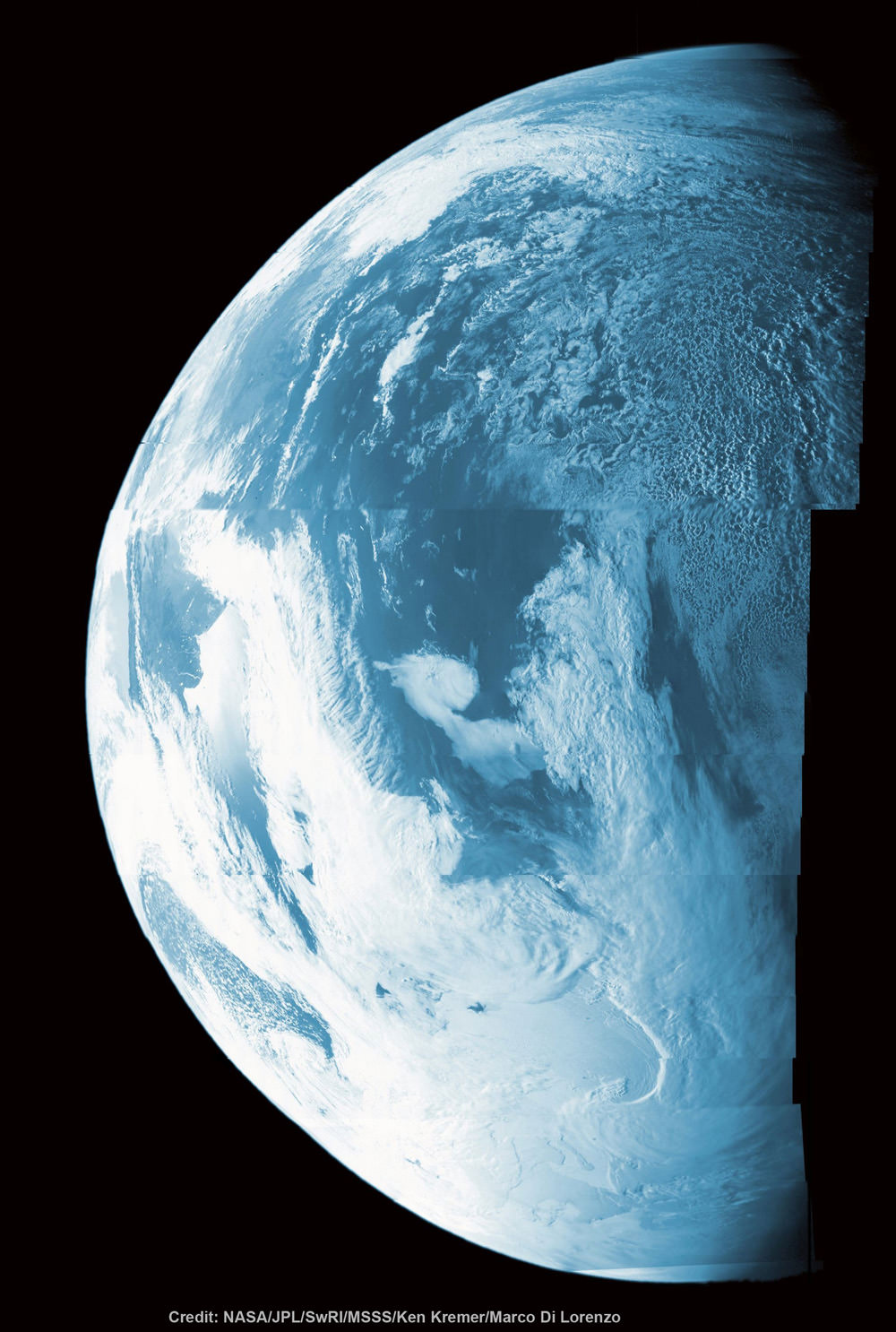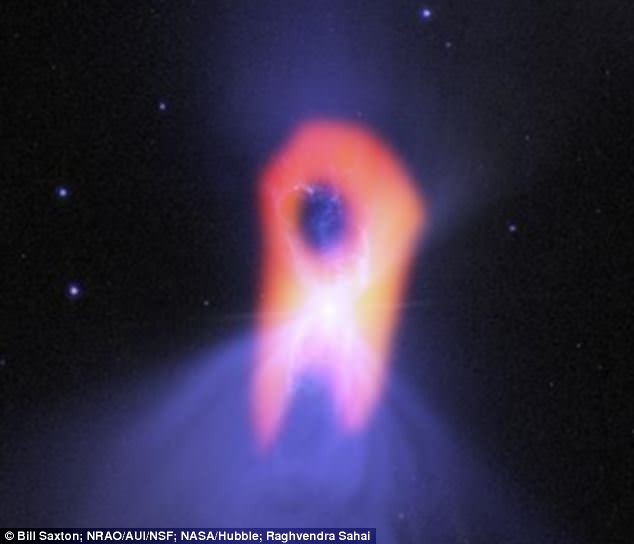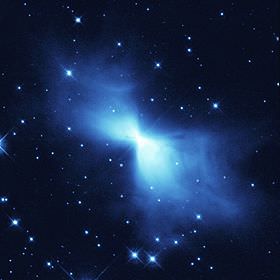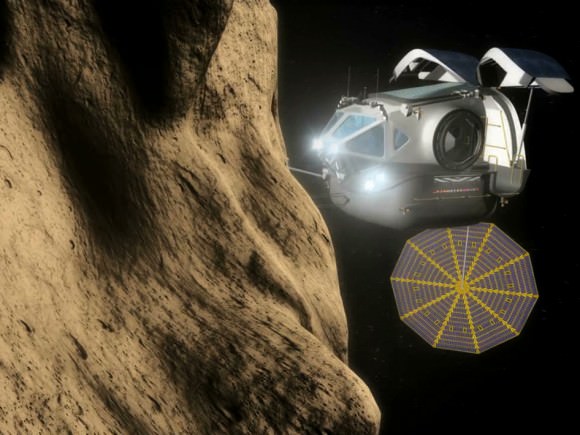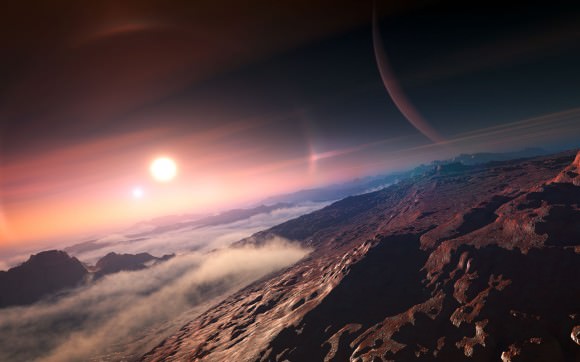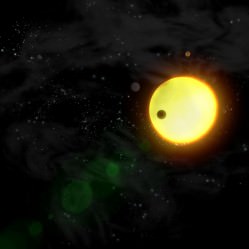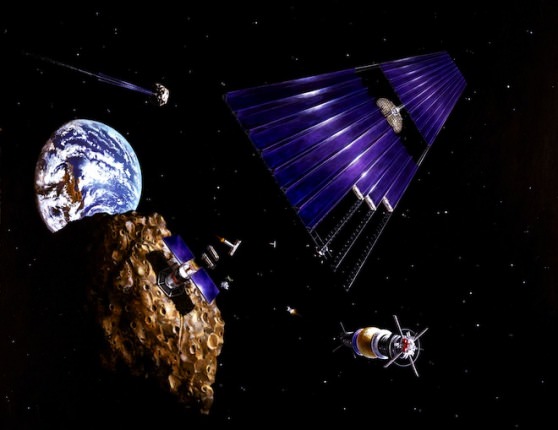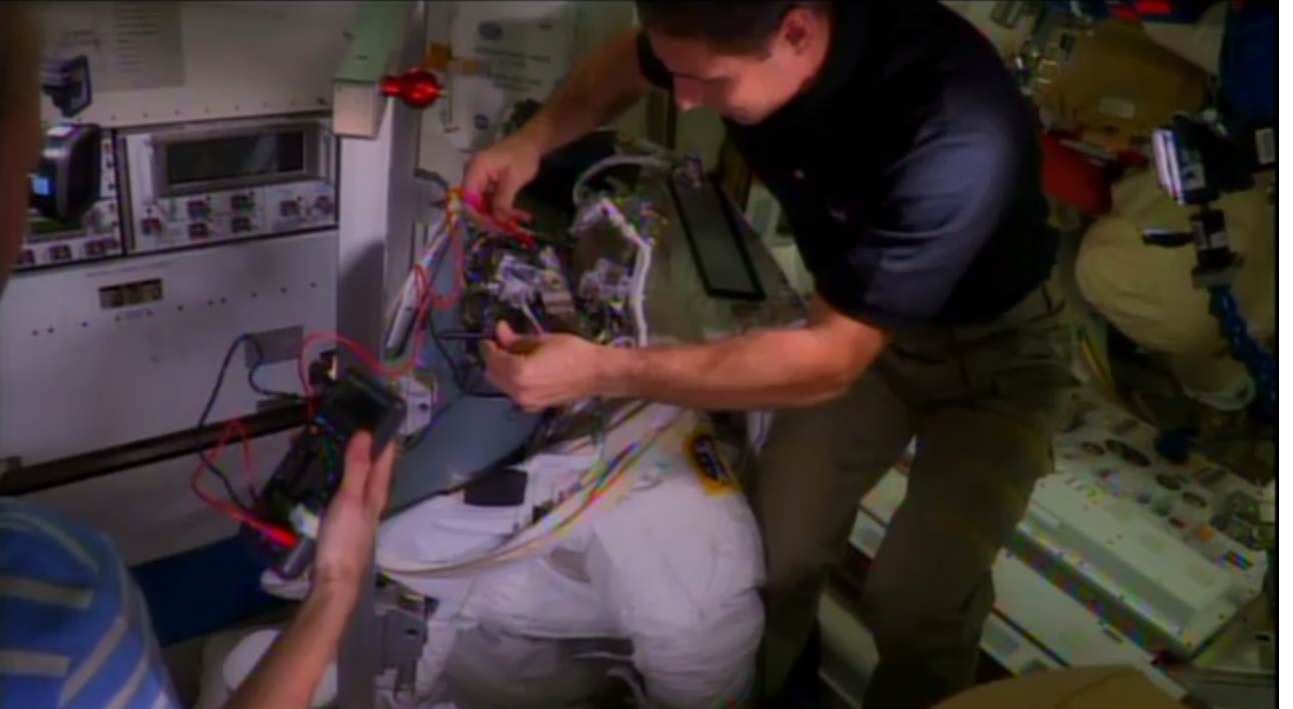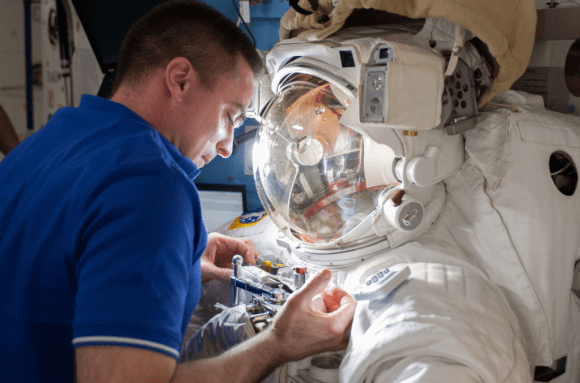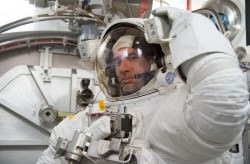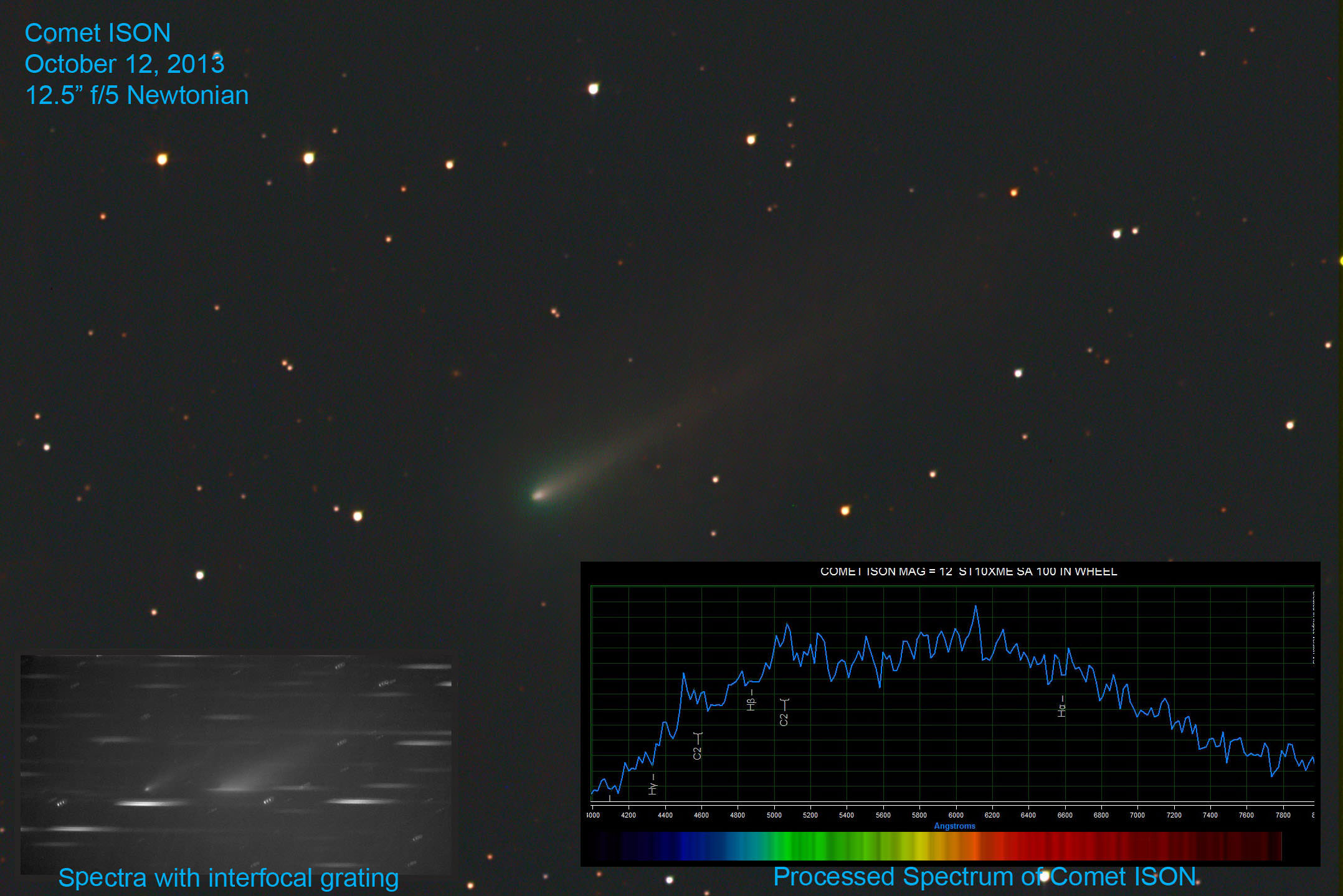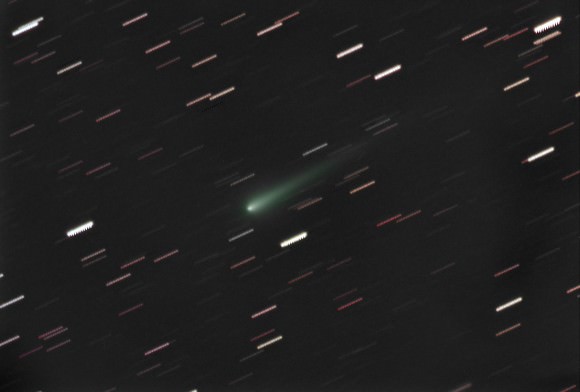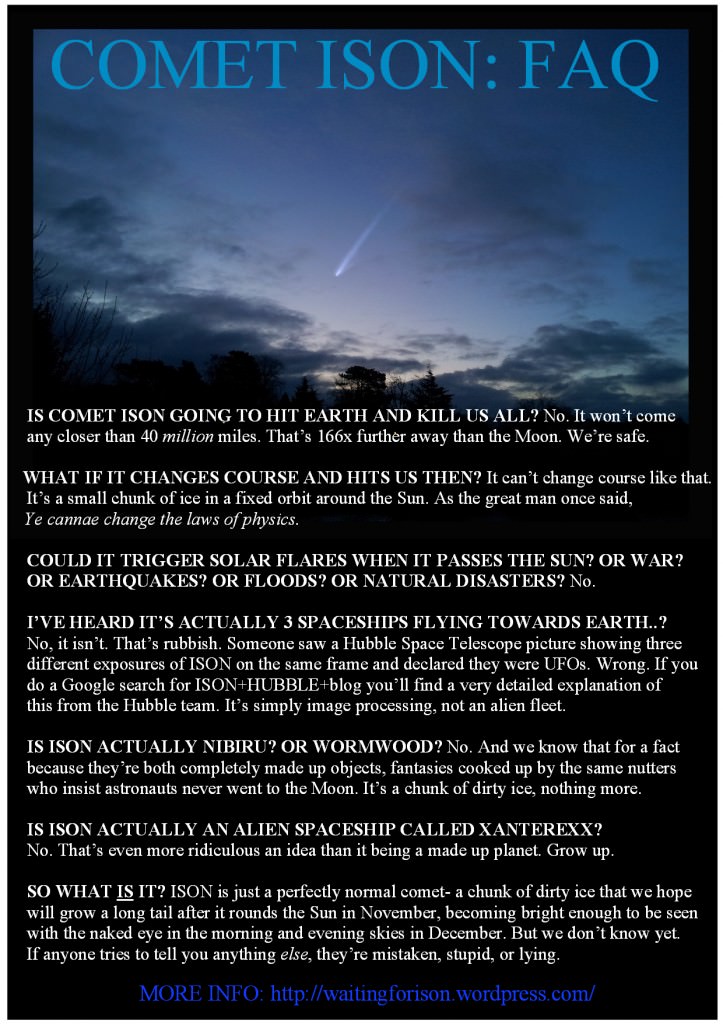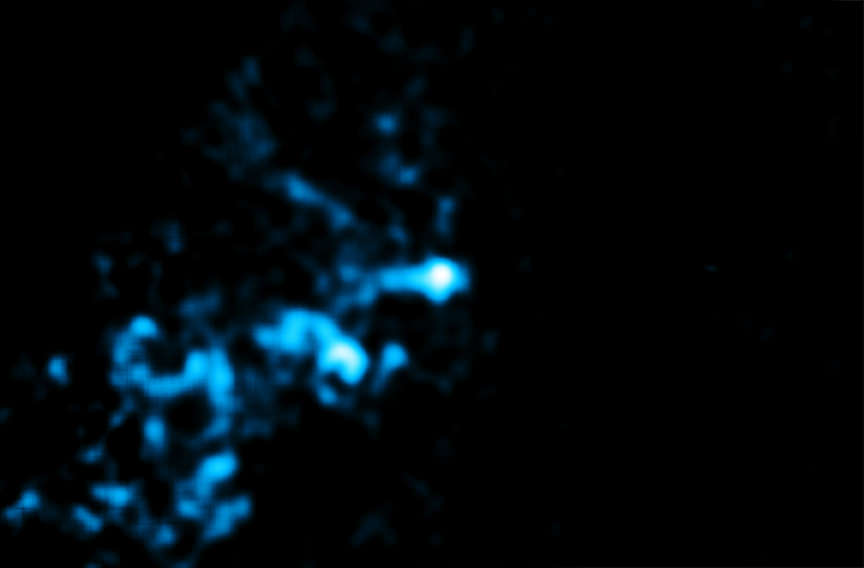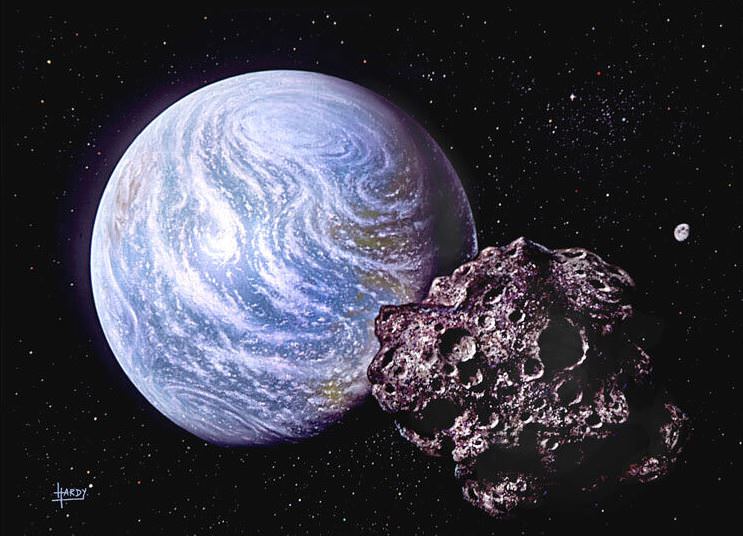Juno Portrait of Earth
This false color composite shows more than half of Earth’s disk over the coast of Argentina and the South Atlantic Ocean as the Juno probe slingshotted by on Oct. 9, 2013 for a gravity assisted acceleration to Jupiter. The mosaic was assembled from raw images taken by the Junocam imager. Credit: NASA/JPL/SwRI/MSSS/Ken Kremer/Marco Di Lorenzo
See below a gallery of Earth from Juno[/caption]
During a crucial speed boosting slingshot maneuver around Earth on Oct. 9, NASA’s Jupiter-bound Juno probe snapped a dazzling gallery of portraits of our Home Planet over the South American coastline and the Atlantic Ocean. See our mosaics of land, sea and swirling clouds above and below, including several shown in false color.
But an unexpected glitch during the do or die swing-by sent the spacecraft into ‘safe mode’ and delayed the transmission of most of the raw imagery and other science observations while mission controllers worked hastily to analyze the problem and successfully restore Juno to full operation on Oct. 12 – but only temporarily!
Because less than 48 hours later, Juno tripped back into safe mode for a second time. Five days later engineers finally recouped Juno and it’s been smooth sailing ever since, the top scientist told Universe Today.
“Juno is now fully operational and on its way to Jupiter,” Juno principal investigator Scott Bolton told me today. Bolton is from the Southwest Research Institute (SwRI), San Antonio, Texas.
“We are completely out of safe mode!”
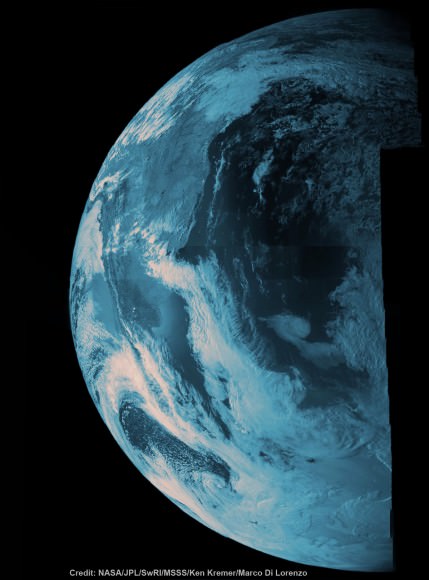
With the $1.1 Billion Juno probe completely healthy once again and the nail-biting drama past at last, engineers found the time to send the stored photos and research data back to ground station receivers.
“The science team is busy analyzing data from the Earth flyby,” Bolton informed me.
The amateur image processing team of Ken Kremer and Marco Di Lorenzo has stitched together several portraits from raw images captured as Juno sped over Argentina, South America and the South Atlantic Ocean and within 347 miles (560 kilometers) of the surface. We’ve collected the gallery here for all to enjoy.
Several portraits showing the swirling clouds and land masses of the Earth’s globe have already been kindly featured this week by Alan Boyle at NBC News and at the Daily Mail online.
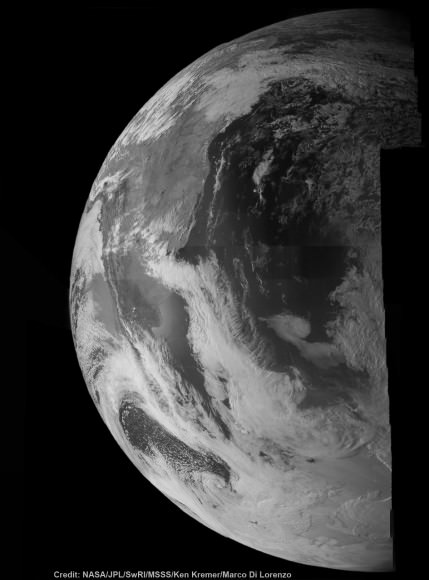
Raw images from the Junocam camera are collected in strips – like a push broom. So they have to be carefully reconstructed and realigned to match up. But it can’t be perfect because the spacecraft is constantly rotating and its speeding past Earth at over 78,000 mph.
So the perspective of Earth’s surface features seen by Junocam is changing during the imaging.
And that’s what is fascinating – to see the sequential view of Earth’s beautiful surface changing as the spacecraft flew over the coast of South America and the South Atlantic towards Africa – from the dayside to the nightside.
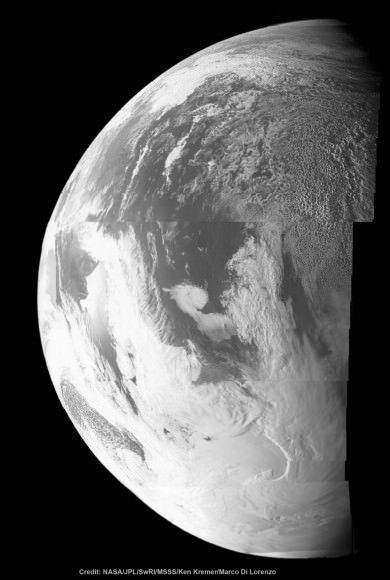
It’s rare to get such views since only a few spacecraft have swung by Earth in this manner – for example Galileo and MESSENGER – on their way to distant destinations.
Coincidentally this week, the Cygnus cargo carrier departed the ISS over South America.
Fortunately, the Juno team knew right from the start that the flyby of Earth did accomplish its primary goal of precisely targeting Juno towards Jupiter – to within 2 kilometers of the aim point, despite going into safe mode.
“We are on our way to Jupiter as planned,” Juno Project manager Rick Nybakken, told me in a phone interview soon after the flyby of Earth. Nybakken is from NASA’s Jet Propulsion Lab in Pasadena, CA.
“None of this affected our trajectory or the gravity assist maneuver – which is what the Earth flyby is,” he said.
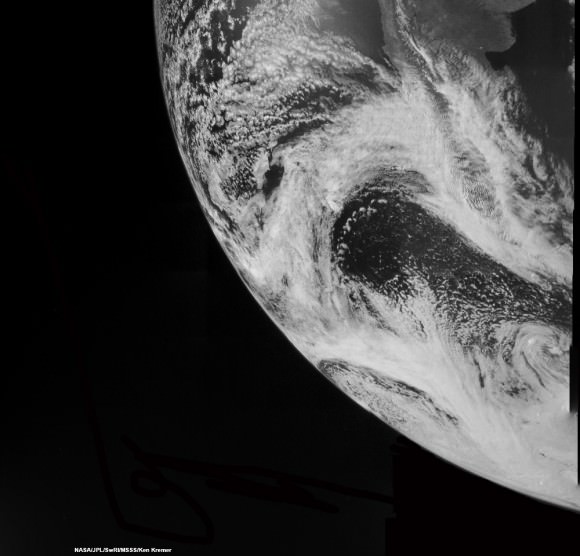
This reconstructed day side image of Earth is one of the 1st snapshots transmitted back home by NASA’s Jupiter-bound Juno spacecraft during its speed boosting flyby on Oct. 9, 2013. It was taken by the probes Junocam imager and methane filter at 12:06:30 PDT and an exposure time of 3.2 milliseconds. Juno was flying over South America and the southern Atlantic Ocean. The coastline of Argentina is visible at top right. Credit: NASA/JPL/SwRI/MSSS/Ken Kremer
It also accelerated the ships velocity by 16,330 mph (26,280 km/h) – thereby enabling Juno to be captured into polar orbit about Jupiter on July 4, 2016.
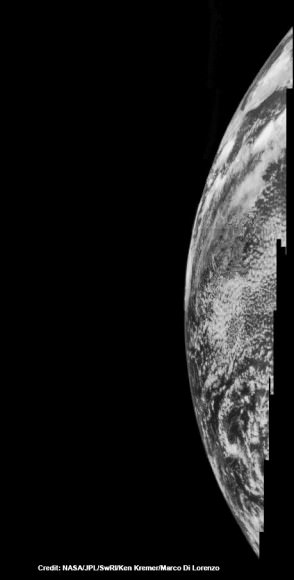
The safe mode did not impact the spacecraft’s trajectory one smidgeon!
It was likely initiated by an incorrect setting for a fault protection trigger for the spacecraft’s battery when Juno was briefly in an eclipse during the flyby.
Nybakken also said that the probe was “power positive and we have full command ability,” while it was in safe mode.
Safe mode is a designated fault protective state that is preprogrammed into spacecraft software in case something goes amiss. It also aims the craft sunwards thereby enabling the solar arrays to keep the vehicle powered.
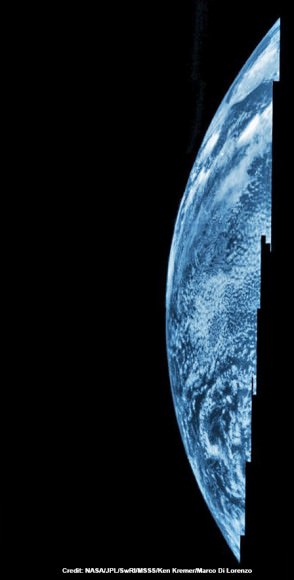
The Earth flyby maneuver was necessary because the initial Atlas V rocket launch on Aug. 5, 2011 from Cape Canaveral Air Force Station, FL was not powerful enough to place Juno on a direct trajectory flight to Jupiter.
As of today, Juno is more than was 6.7 million miles (10.8 million kilometers) from Earth and 739 million miles (7.95 astronomical units) from Jupiter. It has traveled 1.01 billion miles (1.63 billion kilometers, or 10.9 AU) since launch.
With Juno now on course for our solar system’s largest planet, there won’t be no any new planetary images taken until it arrives at the Jovian system in 2016. Juno will then capture the first ever images of Jupiter’s north and south poles.
We have never seen Jupiter’s poles imaged from the prior space missions, and it’s not possible from Earth.
During a year long mission at Jupiter, Juno will use its nine science instruments to probe deep inside the planet to reveal its origin and evolution.
“Jupiter is the Rosetta Stone of our solar system,” says Bolton. “It is by far the oldest planet, contains more material than all the other planets, asteroids and comets combined and carries deep inside it the story of not only the solar system but of us. Juno is going there as our emissary — to interpret what Jupiter has to say.”
Based on what we’ve seen so far, Junocam is sure to provide spectacular views of the gas giants poles and cloud tops.
Only 982 days to go !
